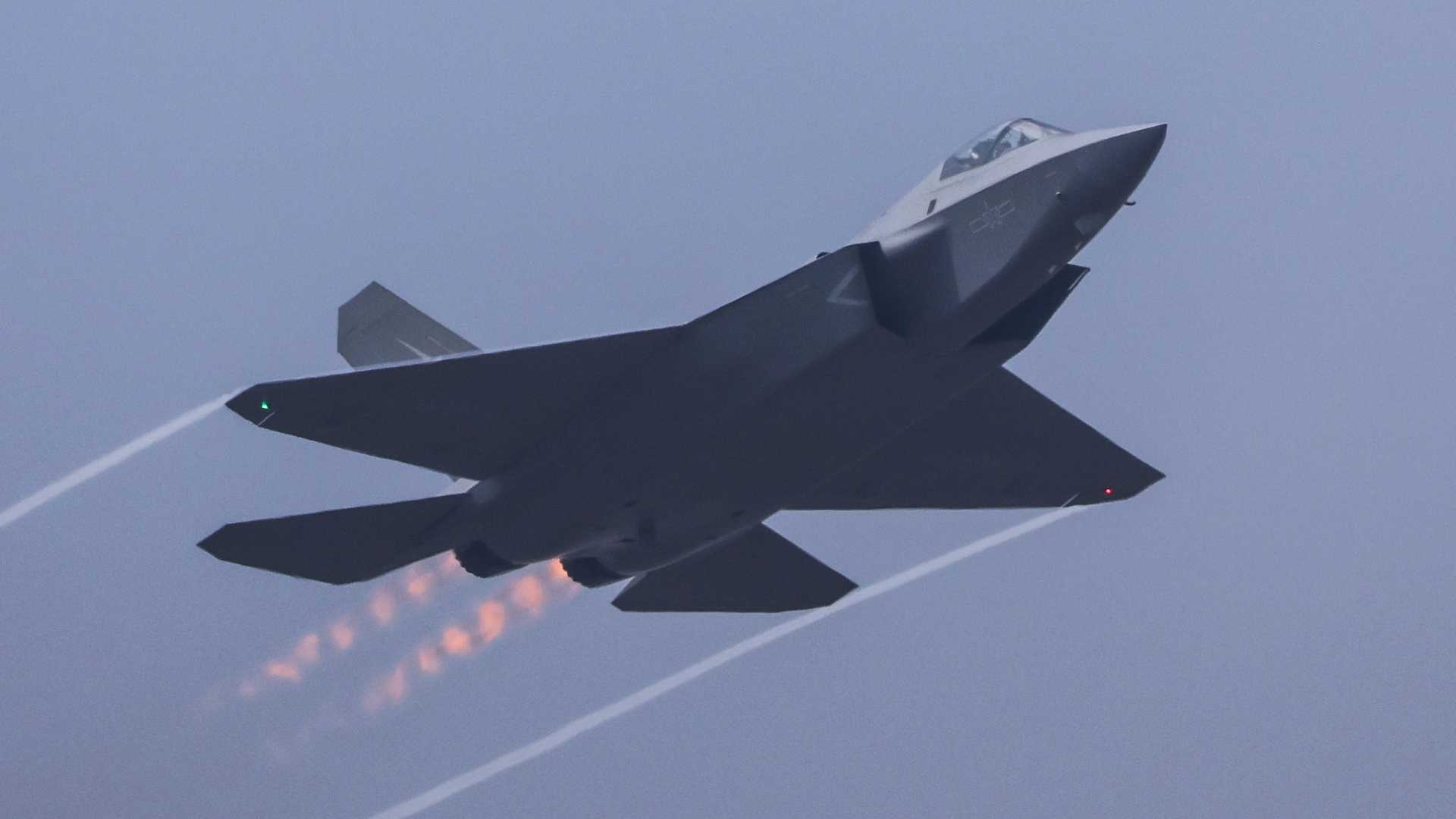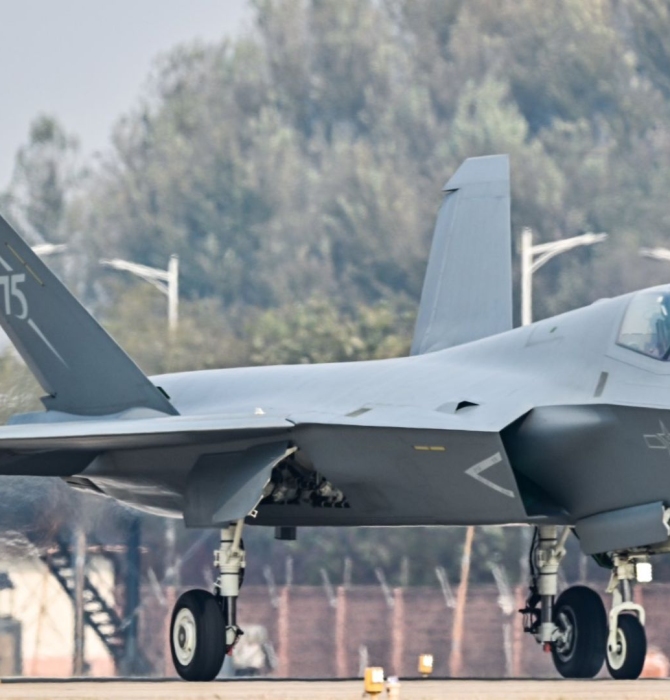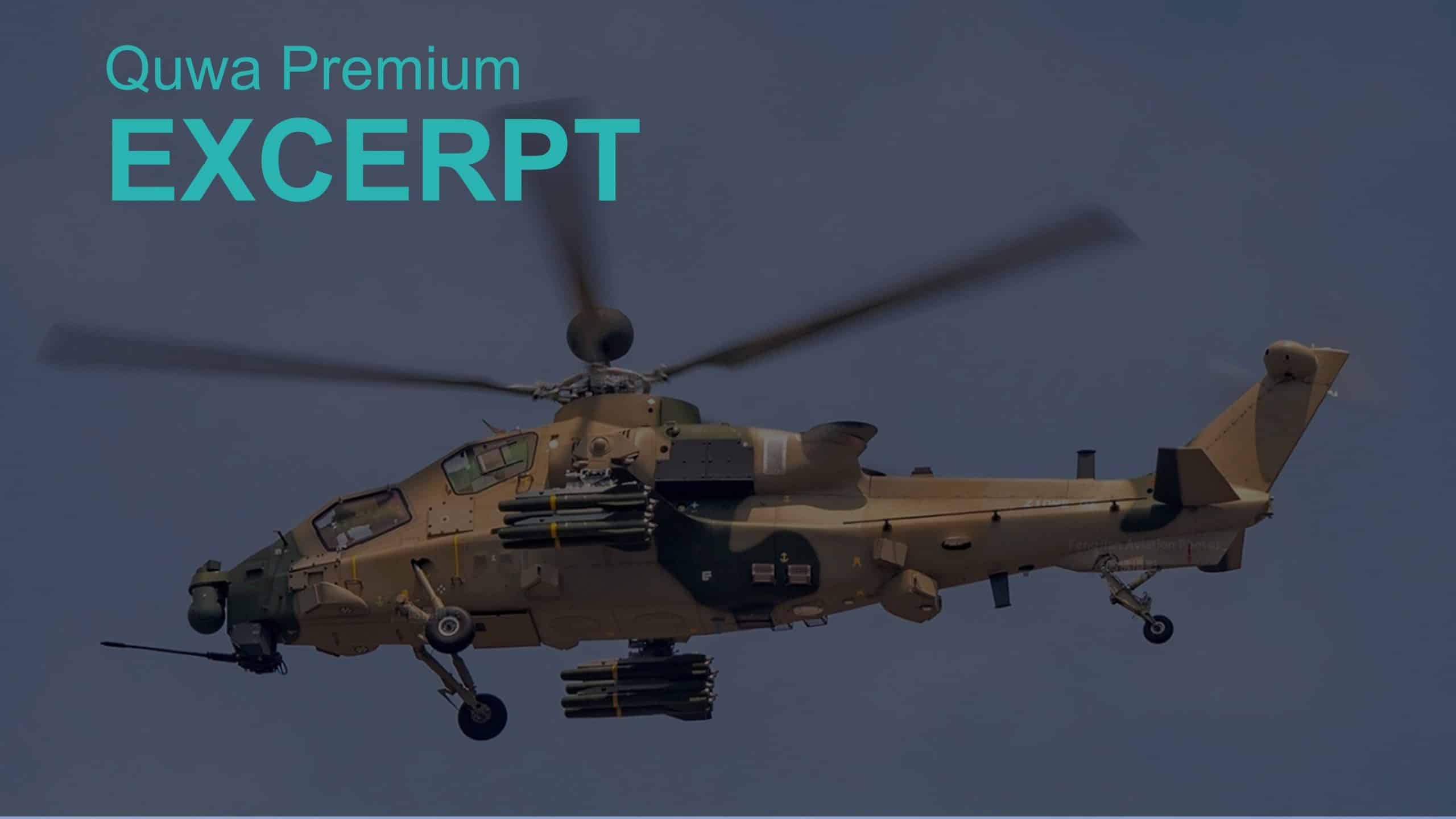11784Views

China Being a Cutting-Edge Arms Supplier is Not Surprising Quwa Premium
Pakistan’s apparent success in using Chinese weapon systems, particularly the J-10CE fighter and PL-15E long-range air-to-air missile (LRAAM), has generated significant commentary regarding the growing technological advances and effectiveness of China’s defence industry. Shu Hsiao-Huang, an associate research fellow at Taiwan’s Institute of National Defense and Security Research, remarked to The Guardian, “We may need to reassess the PLA’s air combat capabilities, which may be approaching or even surpassing the level of US air power deployments in east Asia.”
The Traditional Perception of Chinese Arms
The global focus centers on Pakistan Air Force (PAF) claims of downing as many as three Indian Air Force (IAF) Dassault Rafale fighters. These claims occurred on the opening night of recent hostilities between the two nations.
These assertions have not been verified beyond a doubt and thus remain uncertain. However, Reuters reported that a US official indicated Pakistan shot down at least two IAF fighters, with one being a Rafale. Social media also circulated images and videos purporting to show Rafale wreckage, including parts of the Safran M88 turbofan engine.
It remains unclear if the J-10CE and PL-15E combination specifically downed these aircraft. Other factors, potentially including Chinese surface-to-air missiles (SAMs) in Pakistan’s air defence system, could have been involved. If the PAF genuinely believes its Chinese systems were responsible, its confidence in them will grow, likely leading to further acquisitions.
Should the wider world come to believe the PAF’s assessment, a shift could occur in how other powers perceive China’s defence industry. Yet, at its core, China’s rise to this position should not be surprising.
Throughout the Cold War, China’s defence industry primarily manufactured Soviet arms under license. Examples include the MiG-19 (as the Shenyang F-6) and the T-54 tank (as the Type 59).
By the 1970s, China began original design work, with programs like the Shenyang J-8 fighter, Type 69 tank, and Type 051 destroyer emerging.
These platforms, while distantly derived from Soviet designs, incorporated Beijing’s original inputs. This allowed for greater ranges and payloads, among other performance improvements.
However, the bulk of China’s defence exports still consisted of licensed or reverse-engineered Soviet systems. This fostered a reputation for providing arms at least one generation behind Western offerings.
For example, in the 1980s, the PAF acquired its F-16s from the U.S. as its ‘cutting-edge’ platform, while procuring F-7P as workhorse fighters from China.
However, what China lacked in technology, it compensated for with lower costs and higher numbers. This enabled buyers to build quantitative capacity cost-effectively. China was also relatively open to customer customization, even with Western subsystems and weapons; the PAF’s F-7Ps, for instance, featured British radars and American AIM-9P/L Sidewinder AAMs.
Thus, even if the underlying platform was a generation behind, China facilitated bridging this gap through custom upgrades.
Key Chinese defence vendors like AVIC, NORINCO, and CSSC largely maintained this approach through the 1980s and 1990s. From the 2000s, however, these entities began to pivot their strategies.
End of excerpt (546/2,325 words).
Existing Quwa Premium members can log in below
Note: Logged in members may need to refresh the article page to see the article.


